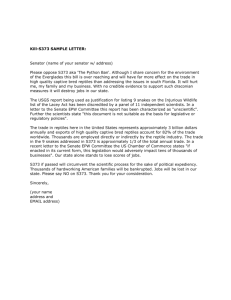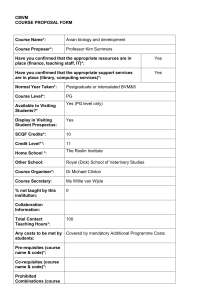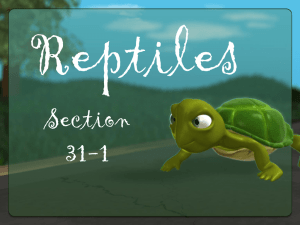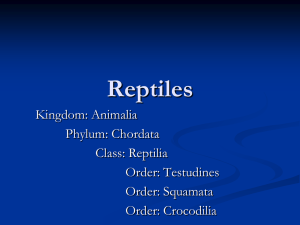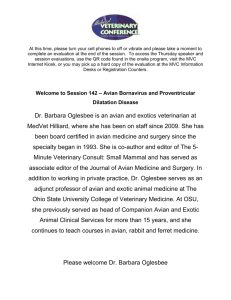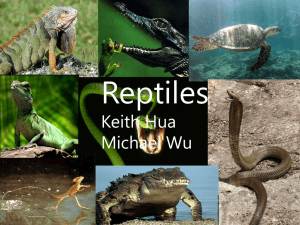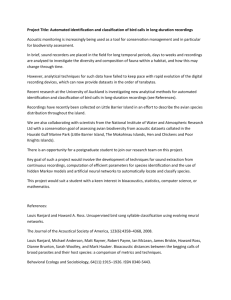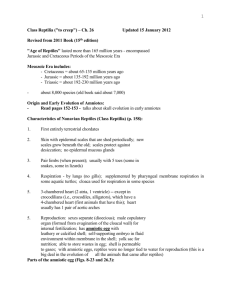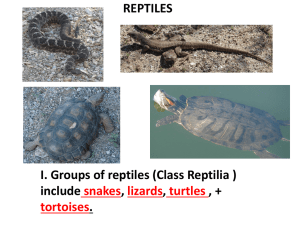1. Myxomatosis is associated with which of the following clinical
advertisement
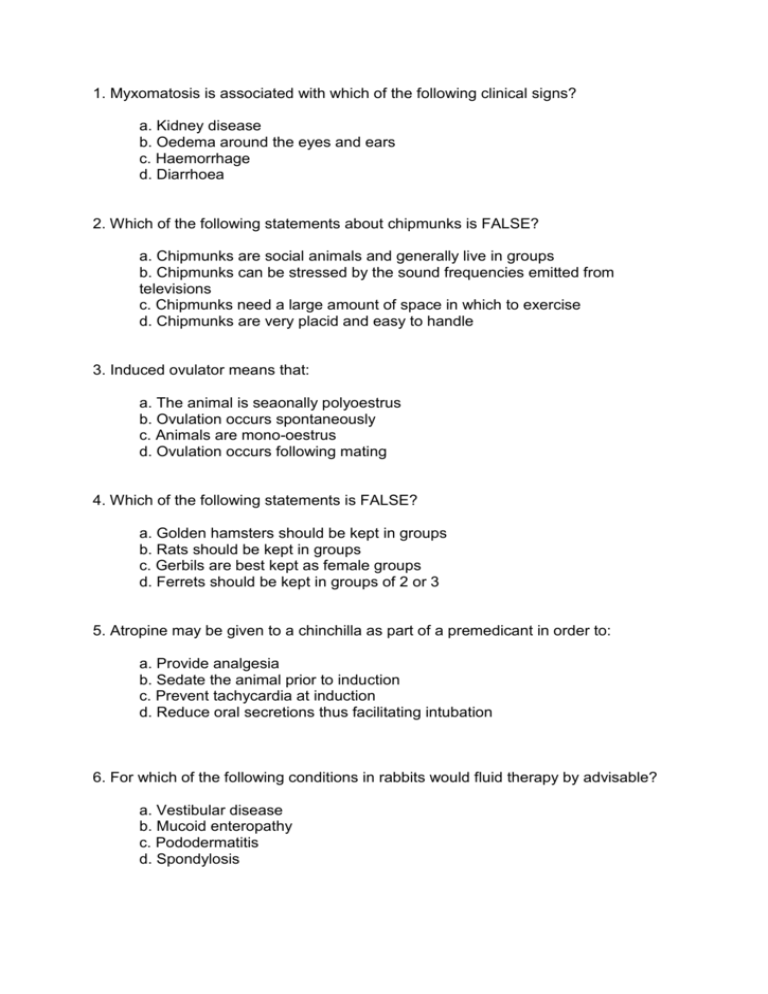
1. Myxomatosis is associated with which of the following clinical signs? a. Kidney disease b. Oedema around the eyes and ears c. Haemorrhage d. Diarrhoea 2. Which of the following statements about chipmunks is FALSE? a. Chipmunks are social animals and generally live in groups b. Chipmunks can be stressed by the sound frequencies emitted from televisions c. Chipmunks need a large amount of space in which to exercise d. Chipmunks are very placid and easy to handle 3. Induced ovulator means that: a. The animal is seaonally polyoestrus b. Ovulation occurs spontaneously c. Animals are mono-oestrus d. Ovulation occurs following mating 4. Which of the following statements is FALSE? a. Golden hamsters should be kept in groups b. Rats should be kept in groups c. Gerbils are best kept as female groups d. Ferrets should be kept in groups of 2 or 3 5. Atropine may be given to a chinchilla as part of a premedicant in order to: a. Provide analgesia b. Sedate the animal prior to induction c. Prevent tachycardia at induction d. Reduce oral secretions thus facilitating intubation 6. For which of the following conditions in rabbits would fluid therapy by advisable? a. Vestibular disease b. Mucoid enteropathy c. Pododermatitis d. Spondylosis 7. You are asked to hospitalise an injured rat. Which of the following factors would you consider as important for this patient? a. Company of other animals, room temperature of 25 degrees Celsius and interaction with people b. Company of other animals, light and routine sounds c. Seclusion, room temperature of 25 degrees Celsius and bright light d. Seclusion, provision of a darkened area and quiet 8. Which of the following species are omnivorous? a. Rabbit b. Degu c. Rat d. Chinchilla 9. You are advising an owner who wishes to keep a pet rat. What type of substrate would you advise to put in the cage? a. Straw b. Wood shavings c. Paper d. Sawdust 10. Which of the following statements regarding zoonoses and small mammals is TRUE? a. Ringworm can be transmitted to people from small mammals b. Wearing gloves in not effective at preventing transmission of ringworm c. Guinea pigs do not carry any zoonotic diseases d. E. cuniculi is a zoonotic condition 11. Which of the following species CAN vomit? a. Rabbit b. Guinea pig c. Degu d. Ferret 12. Which of the following veins could be used in a guinea pig to take a blood sample? a. lateral tail vein b. saphenous vein c. marginal ear vein d. cephalic vein 13. A trichobezoar is: a. A parasite of guinea pigs b. A shortening of the lower jaw c. Another term for entropion d. A hairball found in the stomach 14. Which of the following species will hibernate? a. Chipmunks b. Gerbils c. Rats d. Jird 15. Rabbits lose heat through: a. Lowering their metabolic rate b. Panting c. Sweating d. Behaviour 16. Which of the following species cannot jump and should therefore have accommodation that is on one level? a. mouse b. rat c. rabbit d. guinea pig 17. The gestation period of the guinea pig is: a. 19-21 days b. 24-26 days c. 60-72 days d. 111 days 18. Ferrets should be vaccinated against which canine disease? a. Hepatitis b. Leptospirosis c. Bordetella bronchiseptica d. Distemper 19. You are monitoring an anaesthetised rabbit which is being spayed, when you notice an increase in the animal’s heart rate. Which of the following could be the cause of this? a. The animal is experiencing a painful stimulus b. Fluids are being administered too rapidly c. The rabbit is entering a deep plain of anaesthesia d. Low end tidal carbon dioxide levels are present 20. The furcula is: a. The fused coccygeal vertebrae of birds b. One of the metacarpal bones found in birds c. The avian equivalent of the mammalian clavicle d. Any pneumonised bone in the avian skeleton 21. The avian crop is: a. A diverticulum of the oesophagus b. Responsible for the mechanical breakdown of food c. An area of the gastrointestinal tract where chemical digestion of food takes place d. The last part of the avian gastrointestinal tract 22. Apterylae are: a. Structures which hold the barbs of a feather together b. Tracts of feather follicles in avian skin c. Areas of avian skin where feather follicles are NOT present d. A type of feather 23. When restraining a bird of prey, it may be necessary to use jesses. What are jesses? a. A hood that is placed over the head b. Gauntlets worn by the handler c. Leather straps attached to the legs of the bird d. A box that the bird can be placed in to recover from handling 24. A decrease in end tidal carbon dioxide levels could be due to: a. increased respiratory rate b. apnoea c. inadequate mechanical respiration d. decreased respiratory rate 25. Fret marks can be found on feathers. These are associated with: a. An illness or nutritional problem at the time of feather production b. Topical feather damage c. A recent illness d. Self mutilation by the bird 26. Which of the following anatomical structures of a bird can contain grit? a. oesophagus b. crop c. gizzard d. cloaca 27. Poor seed quality can lead to contamination with which of the following organisms (an important avian pathogen)? a. Toxoplasma b. Microsporum c. Aspergillus d. Toxocara 28. A young bird has been brought into the practice. You intend to crop tube this bird. The best type of food to administer is: a. non-lactose containing baby food b. ground seeds in water c. lactose containing baby food d. baby milk 29. The African Grey Parrot has which of the following foot and toe arrangements? a. Zygodactyl b. Anisodactyl c. Semi-zygodactyl d. Palmate 30. Which of the following statements about psittacosis is TRUE? a. It is a zoonosis b. It can be prevented by vaccination c. It only affects birds d. There is no known cure 31. The avian heterophil is the equivalent of the mammalian: a. erythrocyte b. neutrophil c. basophil d. eosinophil 32. The uropygial gland is found where? a. Under the eyes b. Under the wings c. Over the sternum d. At the base of the tail 33. Which of the following is NOT a possible site for the administration of intraosseous fluids? a. Proximal tibia b. Distal ulna c. Proximal ulna d. Femur 34. Scaly beak is a relatively common condition of budgies. This condition is caused by: a. A nutritional deficiency b. A mite: Cnemidocoptes spp. c. Low environmental humidity d. A viral infection 35. A weathering is: a. A three sided shelter for raptors b. A nest box for psittaciformes c. A loft for racing pigeons d. A perch for a falcon 36. How much water is a healthy budgie likely to consume over 24 hours? a. 5-10ml b. 10-20ml c. 20-25ml d. 25-35ml 37. Teflon toxicity can be associated with birds kept in the: a. bathroom b. bedroom c. aviary d. kitchen 38. You are monitoring an anaesthetised iguana. Which of the following could result in a fall in oxygen saturation levels? a. A blockage in the anaesthetic circuit b. An increased respiratory rate c. Increased blood pressure d. The animal becoming 'light' 39. Frogs and toads belong to which order? a. Anura b. Caudata c. Gymnophiona d. Squamata 40. Ecdysis is: a. Normal shedding of reptilian skin b. Abnormal shedding of reptilian skin c. Skin production in reptiles d. The production of skin colouration in reptiles 41. MS-222 is used to: a. Treat antibacterial infections b. Induce anaesthesia in amphibians c. Treat endocrine disease d. Induce gaseous anaesthesia in reptiles 42. Feeding garter snakes raw fish can result in a deficiency of which vitamin? a. B1 b. B12 c. Biotin d. Folic acid 43. SCUD (Septicaemic Cutaneous Ulcerative Disease) is most likely to be found in which of the following species? a. Snakes b. Iguanas c. Frogs d. Chelonia 44. Whether an animal is male or female is ALWAYS chromosomally dependent in which of the following groups of animals? a. chelonia b. crocodylia c. snakes d. lizards 45. Which of the following statements regarding nutrition of snakes is TRUE? a. All species of snake should be fed daily b. Food should only be provided during the day c. Cold food is preferable to warm food d. It is illegal to feed live vertebrates to snakes in the United Kingdom 46. The trade in Mediterranean Tortoises is controlled by which of the following forms of legislation? a. Wildlife & Countryside Act 1981 b. Protection of Animals Act 1911-1964 c. Abandonment of Animals Act 1960 d. Convention on the International Trade of Endangered Species (CITES) 47. The amphibian heart has how many chambers? a. 2 b. 3 c. 4 d. 5 48. Which of the following statements is TRUE? a. Snakes posses a diaphragm b. Snakes posses a urinary bladder c. Snakes secrete nitrogenous waste mainly in the form of urea. d. In rattlesnakes and other colubrids the right lung is the major lung and the left is vestigial. 49. A fibricess is: a. A condition of the liver in reptiles b. A term describing the colouration of damaged areas of epithelium c. The solid form of abscess that develops in reptiles d. A parasitic infection of lizards 50. Which of the following statements regarding the handling of reptiles is TRUE? a. Geckos have very fragile skin and should be examined in a clear container or a soft cloth used to handle them b. Lizards can be restrained by their tails c. Mature, male green iguanas are rarely aggressive d. Non-venomous snakes can be held in one hand 51. Small (pin head sized) red dots are seen around the eyes of a snake. The likeliest cause of this is: a. Ticks b. Cryptosporidiosis c. Snake mites d. Fly strike 52. The renal portal system of reptiles is important because: a. It is unique to reptiles b. Drugs administered to the caudal half of the body could be excreted without reaching the general circulation c. Drugs will be taken straight to the heart d. Drugs will enter the general circulation too rapidly 53. Which of the following is NOT a method of differentiating male and female tortoises? a. Tail length b. Length of hindlimb claws c. The presence or absence of a hinge on the caudal plastron d. Colour of carapace 54. The Jackson's ratio of a tortoise is determined by: a. comparing weight with age b. comparing weight with body length c. comparing weight with carapace height d. comparing weight with body width 55. The function of the parietal eye is: a. To aid vision b. Ornamentation and protection c. To provide information about daytime length d. To differentiate male from female 56. Which of the following drugs should NEVER be given to chelonia? a. Acyclovir b. Enrofloxacin c. Ivermectin d. Fenbendazole 57. Gout in reptiles is due to a build up of: a. Urea b. Uric acid c. Ammonia d. Phosphate 58. Swelling of the skin around the eye in a reptile can be associated with a deficiency of which vitamin? a. A b. C c. D d. K 59. Which of the following statements about grey squirrels is TRUE? a. They cannot be released into the wild following a period of time in captivity and should be euthanased or held in a wildlife sanctuary b. They must be released in exactly the same area that they were found c. They should be released in an area that is not inhabited by any other squirrels d. They should be released where red squirrels are native 60. You have been asked to house a weasel in the practice. The front of the cage is made of wire. In order to prevent escape the diameter of this wire should be no more than: a. 2cm diameter b. 3cm diameter c. 4cm diameter d. 5cm diameter 61. Tuberculosis is a zoonotic disease predominantly associated with which of the following British wild animals? a. Foxes b. Stoats c. Pine martin d. Badger 62. Which of the following statements regarding fluid therapy of seals is FALSE? a. Fluids can be given subcutaneously b. Fluids can be given intravenously c. Fluids can be given per os d. Fluids may be required post-operatively 63. You have been asked to help clean up some sea birds that are covered in oil from a tanker spill. Which of the following substances should you use to remove this oil? a. A bar of soap b. Washing powder c. Washing up liquid d. Dog shampoo 64. Which of the following species of deer is not native to the UK? a. Red deer b. Roe deer c. Fallow deer d. Sika deer 65. Which of the following statements regarding the reproductive cycle of the badger is correct? a. There is no set time of year when young are born b. They are spontaneous ovulators and young are generally born between April and May c. They can mate at any time of year, but cubs are born between January and March due to delayed implantation d. They are seasonally polyoestrus from January to August 66. A hibernaculum is: a. A bat's winter roost b. A badger's hibernation sett c. A squirrel's winter home d. A fox's winter home 67. The pipistrelle is a species of: a. Otter b. Bat c. Deer d. Stoat 68. Which of the following zoonotic conditions is NOT commonly carried by hedgehogs? a. ringworm b. E. coli c. scabies d. salmonellosis 69. Which of the following conditions could be transmitted from a fox to a dog within the practice? a. scabies b. canine adenovirus c. salmonella d. all of the above 70. In the hedgehog the orbicularis muscle is responsible for: a. Movement of the limbs b. Moving the lower jaw muscle c. Nose twitching d. Contracting the hedgehog into a ball for protection 71. Which of the following lists of British mammals, only contains those described as mustelids? a. Weasel, stoat, pine marten, polecat b. Stoat, vole, weasel, mink c. pine marten, polecat, vole, squirrel d. Mink, squirrel, otter, stoat 72. Which of the following conditions COULD be carried by a bat? a. Distemper virus b. Rabies virus (Lyssavirus) c. Adenovirus d. Scabies
